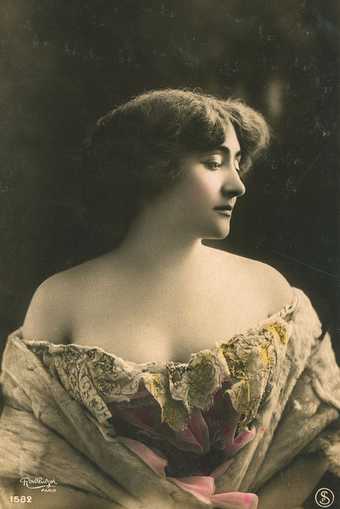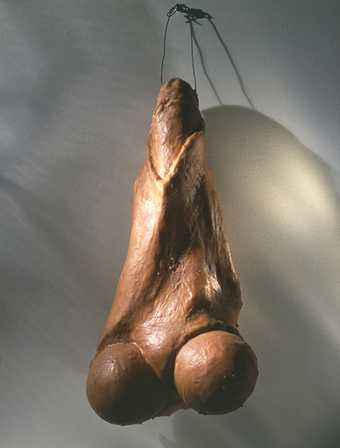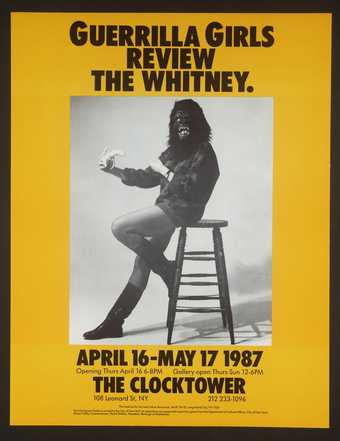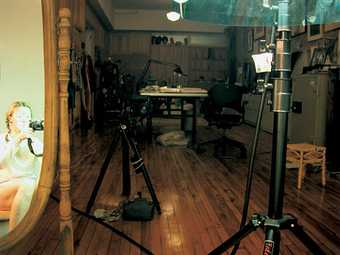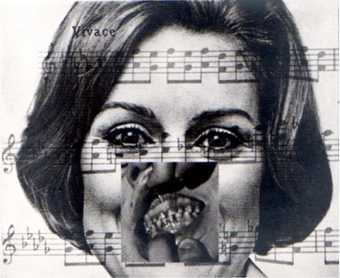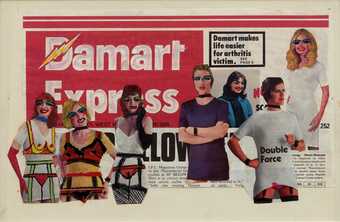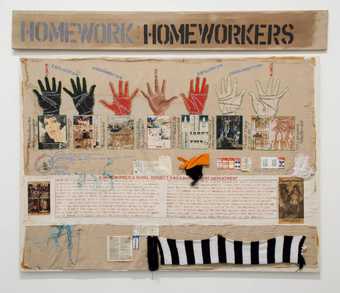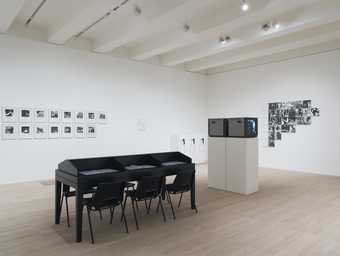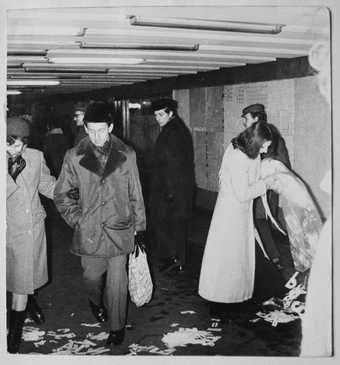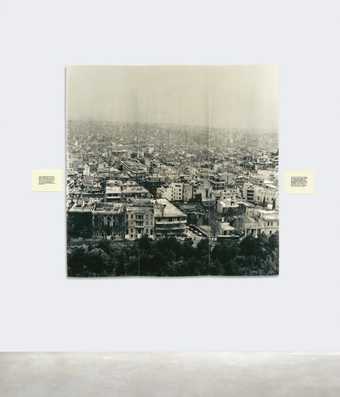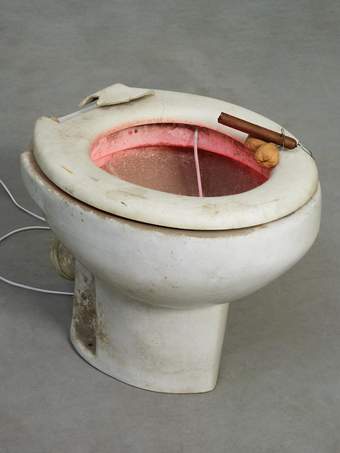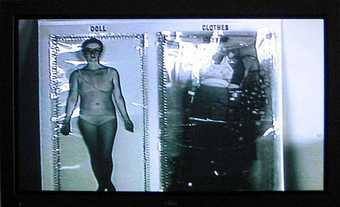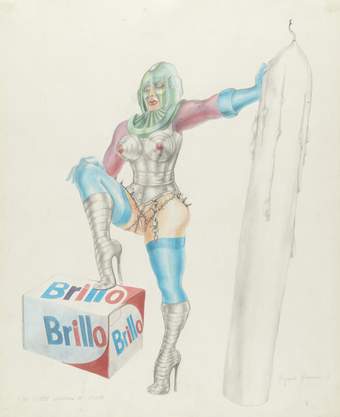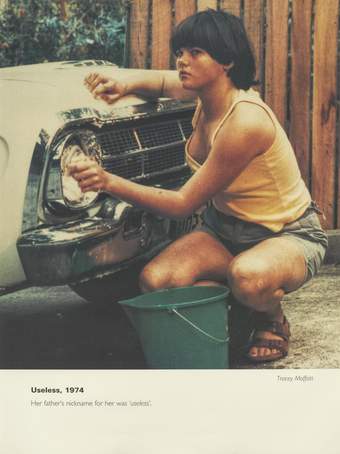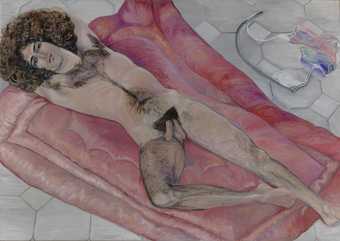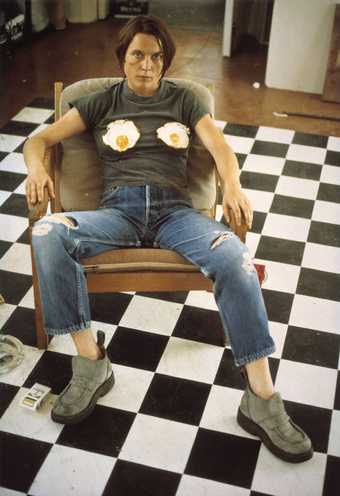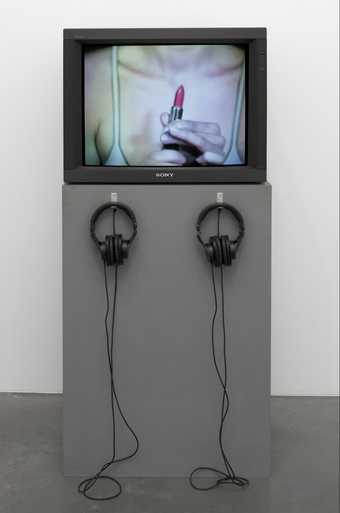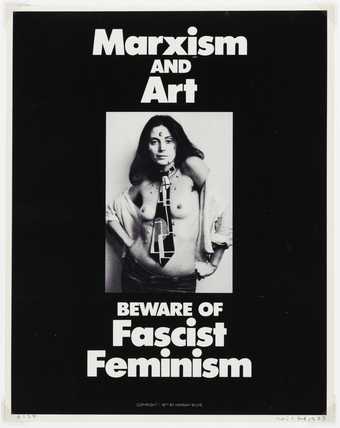In 1971 the art historian Linda Nochlin published a groundbreaking essay Why Have There Been No Great Women Artists? In it she investigated the social and economic factors that had prevented talented women from achieving the same status as their male counterparts.
By the 1980s art historians such as Griselda Pollock and Rozsika Parker were going further, to examine the language of art history with its gender-loaded terms such as ‘old master’ and ‘masterpiece’. They questioned the central place of the female nude in the western canon, asking why men and women are represented so differently. In his 1972 book Ways of Seeing the Marxist critic John Berger had concluded ‘Men look at women. Women watch themselves being looked at’. In other words Western art replicates the unequal relationships already embedded in society.
In what is sometimes known as First Wave feminist art, women artists revelled in feminine experience, exploring vaginal imagery and menstrual blood, posing naked as goddess figures and defiantly using media such as embroidery that had been considered ‘women’s work’. One of the great iconic works of this phase of feminist art is Judy Chicago’s The Dinner Party, 1974–9.
Later feminist artists rejected this approach and attempted to reveal the origins of our ideas of femininity and womanhood. They pursued the idea of femininity as a masquerade – a set of poses adopted by women to conform to social expectations of womanhood.


